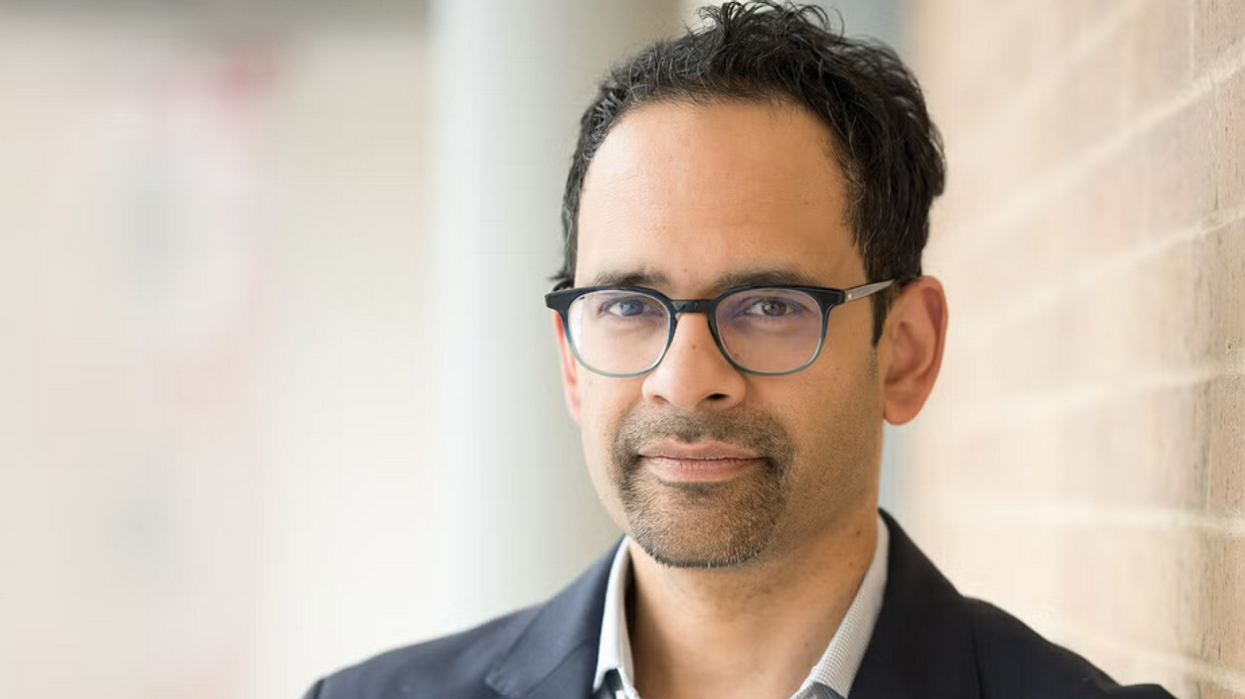HISTORIAN Sunil Amrith has won the British Academy book prize 2025 for his book The Burning Earth: An Environmental History of the Last 500 Years. The award, worth £25,000, honours outstanding non-fiction work. Professor Amrith, based at Yale University in the US, received the prize at a ceremony hosted by the British Academy in London on Wednesday (22).
Born in Kenya to South Indian parents, Amrith grew up in Singapore and graduated from the University of Cambridge, England. His book, noted by judges as crucial reading amid the climate crisis, explores the extensive link between human history and environmental change.
The work spans continents and centuries, covering events such as the conquest of the Americas, British gold mining in South Africa, the Black Death, and the Second World War.
Speaking via live video from the US, Amrith said the book contains much harm and suffering but also highlights alternative paths not taken — ideas and movements that may have failed but left lasting legacies and more sustainable technologies. He expressed hope that revisiting these paths could inspire a less violent and more cooperative way of living on Earth.
The chair of judges, Professor Rebecca Earle, described the book as a detailed and vital account of environmental transformation throughout human history, calling it essential reading for understanding the roots of the current climate crisis. She praised Amrith's global perspective, which shows how human activity and environmental changes are inseparable.
The British Academy, the UK’s national academy for the humanities and social sciences, noted that the book draws on decades of research to explain how industrialisation, colonisation, and shifting human settlements contributed to today's environmental challenges.
Professor Susan J Smith, British Academy president, added that the book combines rigorous evidence with engaging writing, making it a strong example of the scholarship the prize aims to celebrate.
Five other books shortlisted received £1,000 each. These included The Golden Road: How Ancient India Transformed the World by William Dalrymple, The Baton and The Cross: Russia’s Church from Pagans to Putin by Lucy Ash, Africonomics: A History of Western Ignorance by Bronwen Everill, Sick of It: The Global Fight for Women's Health by Sophie Harman, and Sound Tracks: A Musical Detective Story by Graeme Lawson.
Established in 2013, the British Academy book prize rewards works in the humanities and social sciences grounded in exceptional research. To be eligible, books must be non-fiction published in the UK. Authors may be from any nationality or location, provided the work is available in English.
(PTI)














